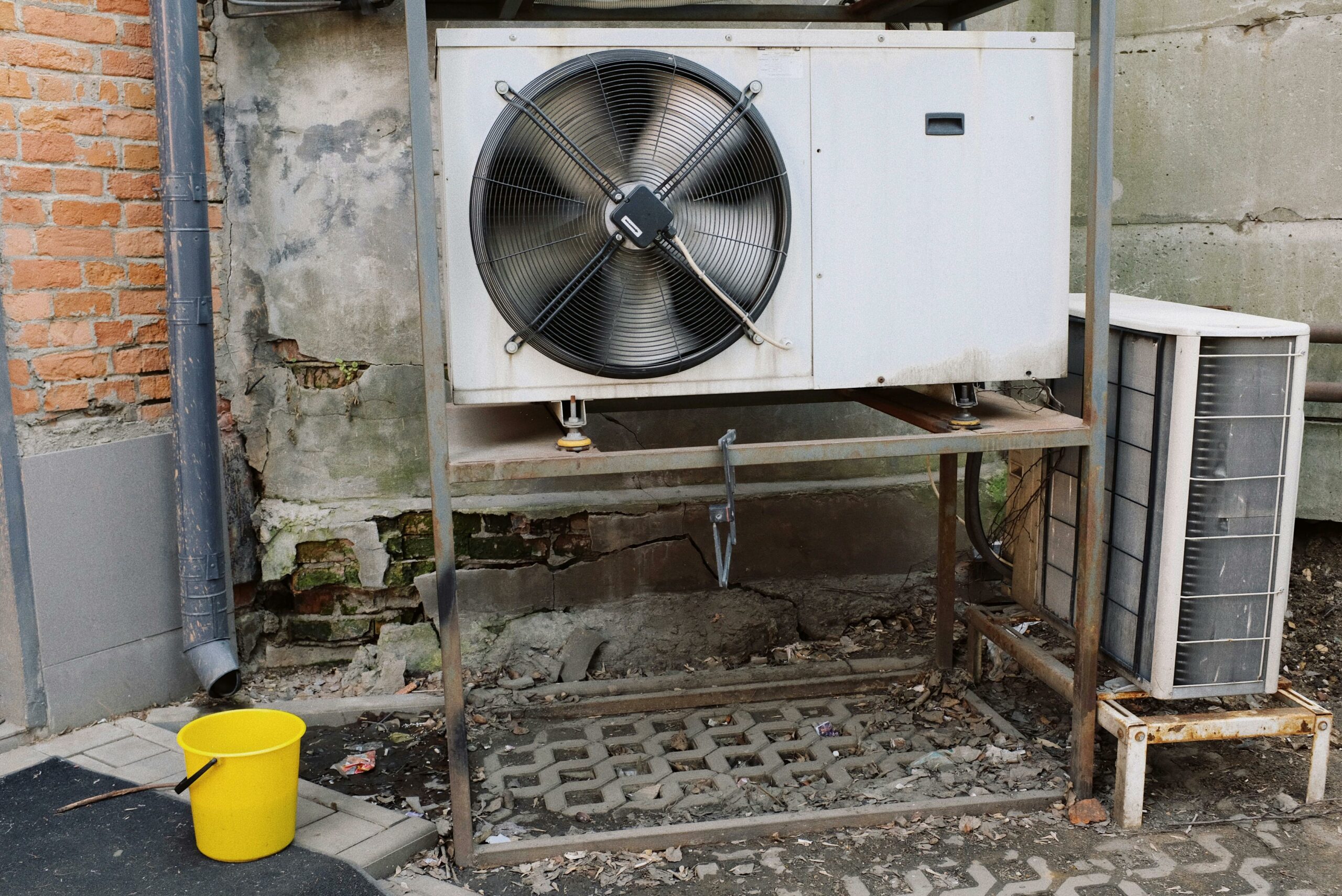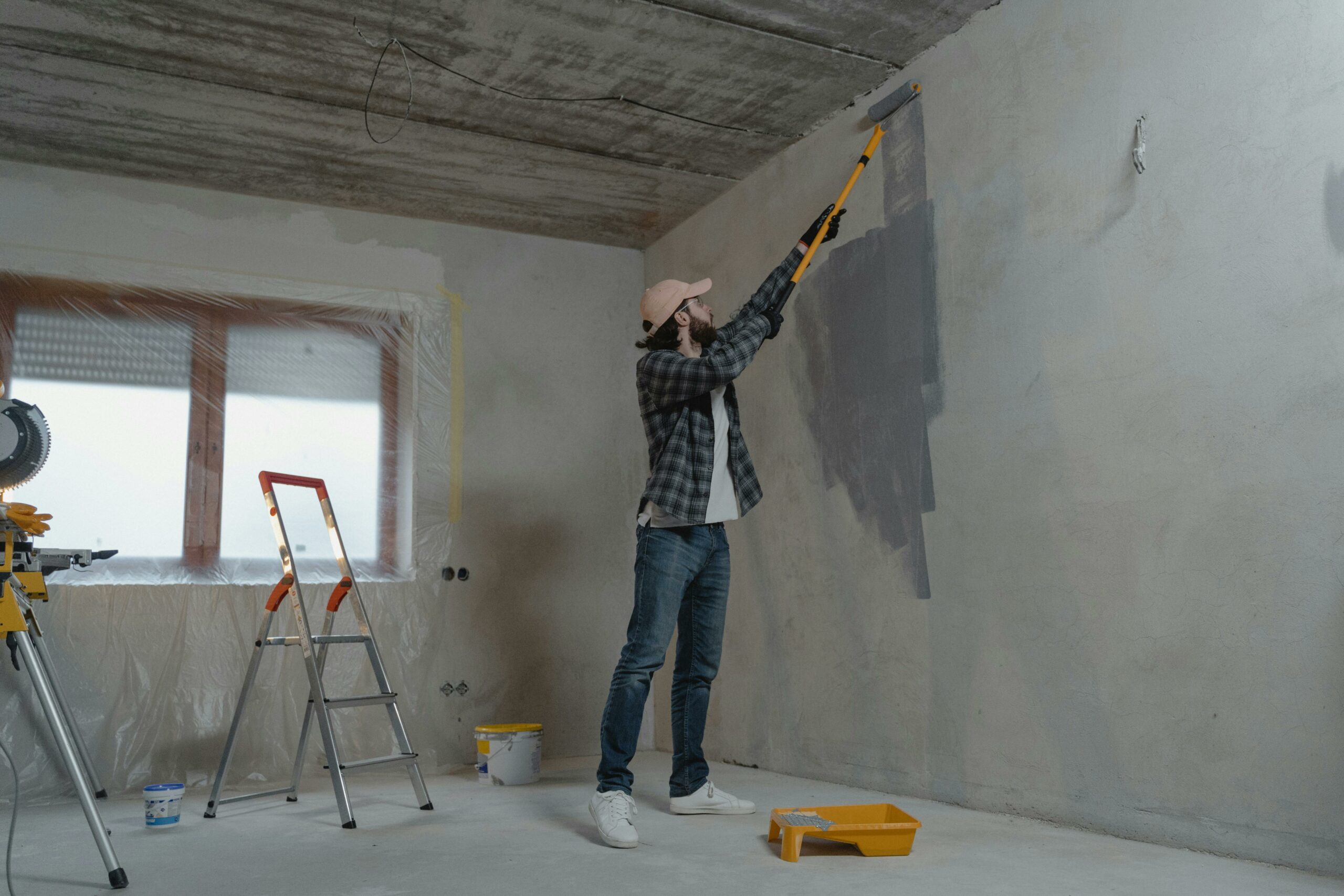The following contribution is from another author.
When you buy an angle iron, construction becomes a lot easier. It is a metal rod with a unique 90-degree angle. Once it is set up properly, you can expect great structural support for your project.
Choosing The Right Piece
Structural strength is the worry of every project that involves heavy materials. Since it is also used in masonry projects, an Angle Iron is a central point to focus on at the beginning of building. This type of structural steel is a category that sits at the foundation of repairs, building and modifications. It comes in varying sizes and lengths, with a very distinctive L shape that is hard to miss. Longer lengths can be cut down to fit whatever size is needed for the project. And since it is flat both horizontally and vertically, an angle iron retains its strength in both directions.
Cutting
In a perfect world, you would always be able to purchase the exact size needed for building. Angle irons come in several different sizes, but there will inevitably come a time where you’ll need to make small adjustments. With the use of an angle grinder tool, the right size is only a few minutes away.
Prep The Area
Prepping the area is a common theme when building, but is especially important for angle irons. As mentioned, their strength is the flatness both horizontally and vertically. Any type of dirt and debris can ruin this, and eventually lead to uneven surfaces. If the area is wooden, sand the area as needed until it is ready for use.
Epoxy Usage
Metal epoxy is used on the inside edges of the angle iron. Make sure the application is a thick bead, as a messy placement will make it difficult to set in a corner. Sometimes an extra bit of epoxy is needed, so don’t be afraid to add more. Prioritize the placement of the bead, and everything else in the project will work in your favor.
Secure It
Put the angle iron in place and secure it by putting a heavy object along its length. This can be anything of your choosing as long as it gets the job done. A cinderblock is one of the traditional ways, but the more important step is to use quality epoxy. Set time is different than cure time, and adding too much stress before it is ready will ruin all of your hard work. When you’re ready, go along the length hammering in tack nails – but only sink them halfway.
Be Patient
Curing takes time, and will vary in humid climates. Follow the directions on the epoxy container and with an additional grace period of one or two hours before continuing. Once you are sure it is cured, remove both the weights and nails.
The Perfect Build
Your first approach to using angle iron will change how you build in the future. Take your time, and don’t try anything too fancy for the original setup. Creating is a time-consuming task, but an angle iron can make the process much more versatile.























